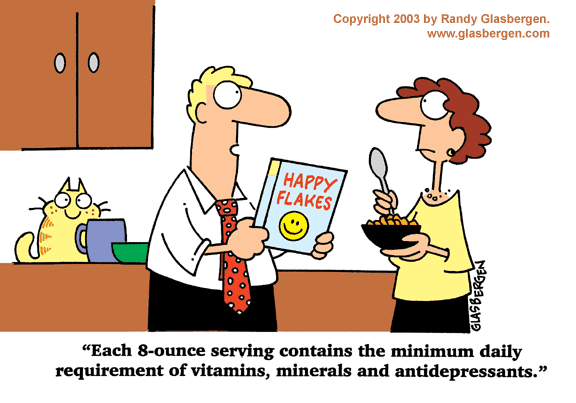Are We Sitting Ourselves to Death?
 Whether we like to admit it or not, the technology in our lives—and the fact that we use much of it while sitting down—is contributing to a growing list of health problems in our society. Those who sit at a desk all day or sit behind the wheel of a car or truck with little or no exercise are at increased risk for a number of chronic health problems. According to the Mayo Clinic, those who have such a sedentary lifestyle are in danger of things like “obesity and metabolic syndrome — a cluster of conditions that includes increased blood pressure, high blood sugar, excess body fat around the waist and abnormal cholesterol levels.”
Whether we like to admit it or not, the technology in our lives—and the fact that we use much of it while sitting down—is contributing to a growing list of health problems in our society. Those who sit at a desk all day or sit behind the wheel of a car or truck with little or no exercise are at increased risk for a number of chronic health problems. According to the Mayo Clinic, those who have such a sedentary lifestyle are in danger of things like “obesity and metabolic syndrome — a cluster of conditions that includes increased blood pressure, high blood sugar, excess body fat around the waist and abnormal cholesterol levels.”
One study showed that those who spend a large amount of time in front of a television or other forms of screen entertainment had a roughly 50% greater risk of death from any source. It’s not really difficult to imagine why this might be the case. Greater body weight combined with lower strength and stamina and reduced balance and flexibility means less agility and durability. This in turn raises the likelihood of more accidents or injuries. The same study showed a 125% greater risk of problems from cardiovascular disease. Care was taken to separate the risk of sitting from that of high blood pressure. Those who had the same high blood pressure, but who sat less, had fewer incidents of health problems.
WebMD has added cancer to the list of ailments for which excessive sitting may be a risk factor. One Australian study of 63,000 older adult men showed that men who sat for more than 4 hours a day were more likely to have a serious, chronic illness than those who sat for less than 4 hours per day. Above 6 hours per day, men were at significantly greater risk of diabetes. Those who regularly sat more than 8 hours a day had the highest level of health risk.
Yet another study showed that back pain strikes 80% of all adults at some time in their life. A significant number of these people suffer because they sit too much. Their core muscles lose conditioning and their waistline becomes a burden that causes the back muscles to do more work to make up for soft abdominals. Weak muscles put the body at risk even during simple tasks. With a more sedentary lifestyle, it becomes easier and easier to overdo the reaching, the lifting or other simple physical work that occurs during any typical day.
There’s another reason that movement is particularly important when it comes to maintaining good spinal health. If the spine is kept motionless, circulation is reduced and it cannot get the nutrients it needs to stay healthy or to heal itself.
If you already have back pain, seeing a chiropractor is a big step in the right direction. A chiropractor can help to realign your vertebrae and, in many cases, an adjustment can provide immediate relief. However, even world-class chiropractic care is no substitute for a healthy lifestyle that includes a good diet and lots of exercise. The doctor can’t do all the work for you.
So what can you do? The Mayo Clinic recommends finding more excuses to move around throughout the day, instead of saving it up for a trip to the gym. Waiting until the end of the day to push your body at the gym for 30 minutes is a bit like saving your meals to the end of the month and eating 90 platefuls all at once. You need to spread your movement throughout the day so your body can stay in top condition.








